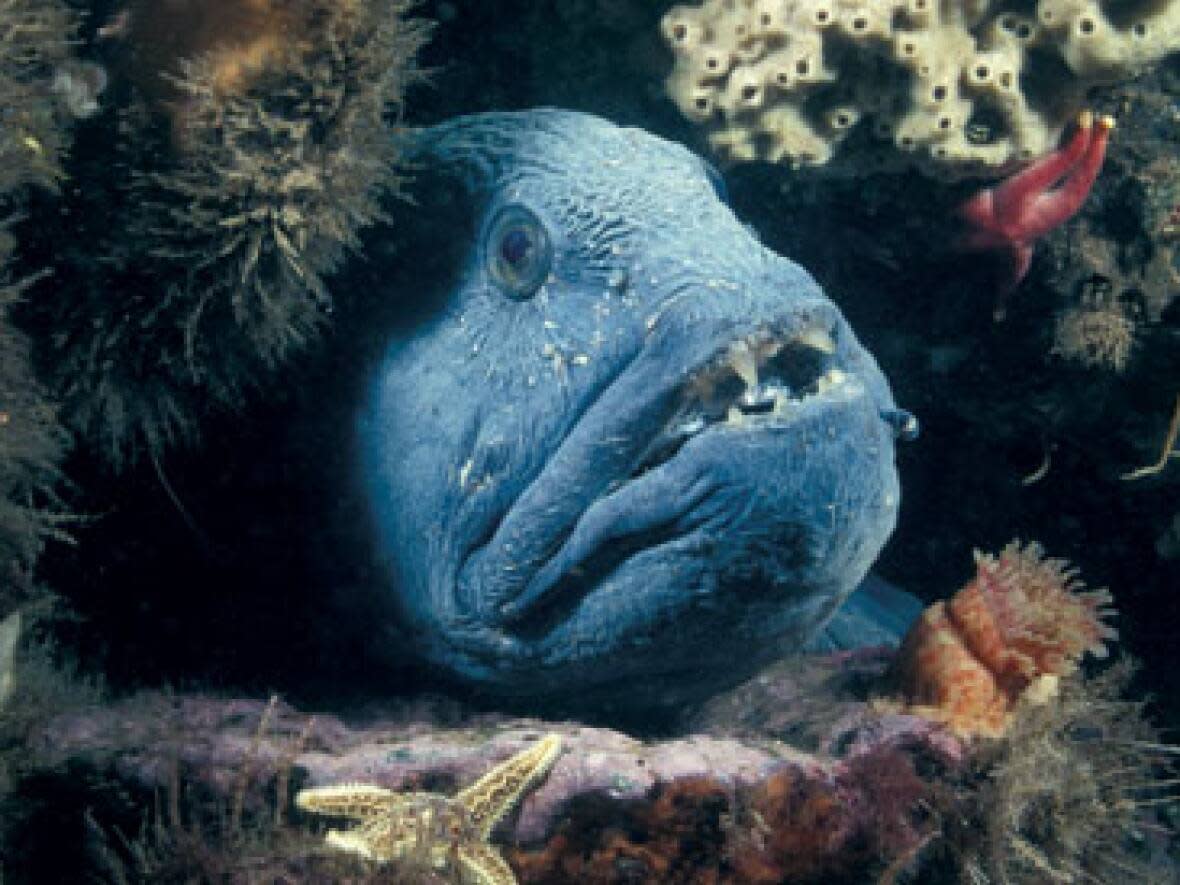Five years of environmental research into Saint John's ocean ecosystem now public

The Department of Fisheries and Oceans is publishing a wealth of new data about the Saint John Harbour online that paints a picture of the general environmental health of the waters.
The data is the result of the Coastal Environmental Baseline Program, a five-year research project into Canada's key ecosystems. The research was conducted in partnership with organizations representing Indigenous communities, the marine fishing industry, environmental non-profits, academia and government.
"The Coastal Environmental Baseline Program isn't really about measuring good or bad, but it's about measuring how the harbour is right now," said Bethany Reinhart, the acting project lead and a biologist with DFO.
This measurement will allow researchers to monitor future changes, she said.
The program looked at six ecosystems in Canada. Saint John was the only one in the Maritime provinces.
Reinhart said Saint John was chosen because of how busy the harbour is.
"There's a lot of inputs and harbour users around that rely on the health and functionality of the harbour. But it's also under-studied, there's a lot of data gaps that existed."
The wolffish
The Maliseet Nation Conservation Council helped fill one of those data gaps.
The council's research focused on the wolffish population near Deer Island. The wolffish is a little-known species that's labelled as one of special concern under the federal Species at Risk Act. That means it may become threatened or endangered.
"It is an incidental bycatch of commercial groundfish fisheries, so that way, their existence is impacted. Number two, it's actually highly vulnerable to climate change. So those are the major reasons why we wanted to do this study," said Aruna Jayawardane, a biologist with the council.
The warming of the ocean is causing a depletion of their food sources, as their prey relocates to cooler areas, added Patricia Saulis, the council's executive director.
Jayawardane said they are already scarce.
"We only have located probably seven to 10 individuals in the study site, you know, the population is that small," he said.
The fish dwell in naturally-forming rock dens and have a unique appearance, with big eyes and pointy teeth that aren't just for show. The council conducted research with COJO Diving and visited the wolffish in their homes.
"It was not that easy to get them out of the den," Jayawardane said. "Because nobody wants to really kind of play around with them, you know, they could really kind of do harm to you."

But Saulis said looks shouldn't matter when it comes to conservation.
"What the public needs to know is that we need to care about species no matter what they look like," she said.
"We call them as our relatives, even if your relative was not particularly, you know, attractive, let's say, you don't discount them or love them any less."
Saulis said the inclusion of Indigenous groups in the project is also something important.
She said she hopes the research is used in a way that shows how the Maliseet and Wolastoqiyik peoples have always cared about their environment.
"And even though we were pushed aside from our coastal environment, that our hearts and minds are still with our relatives, who have their lives there. And, this project in a sense was, you know, in that reconciliatory spirit of reconnecting with one of our environments that we haven't often been able to work in."
Combining knowledge and science for oil spill response
Another organization involved in the research was the Fundy North Fishermen's Association.
They looked at water currents within a roughly three kilometre range of the shore, according to Lillian Mitchell, the association's executive director.
"A big question that we had was around– in the event of an oil spill in Saint John Harbour, you know, where would that go at a given time of year under a given set of circumstances?"
That research can now be used to develop oil spill response plans.

The association's research is made up of a combination of first-hand knowledge from people who fish the waters and scientific experiments – the association used floating devices called drifters and tracked where the currents carried them.
"Harvesters have an incredibly detailed knowledge of the ocean space, because they work there every day. So naturally, they have a lot to offer," said Mitchell.
She said this combination of knowledge is a regular practice for the association, but it's underutilized in the broader field of ocean research.


